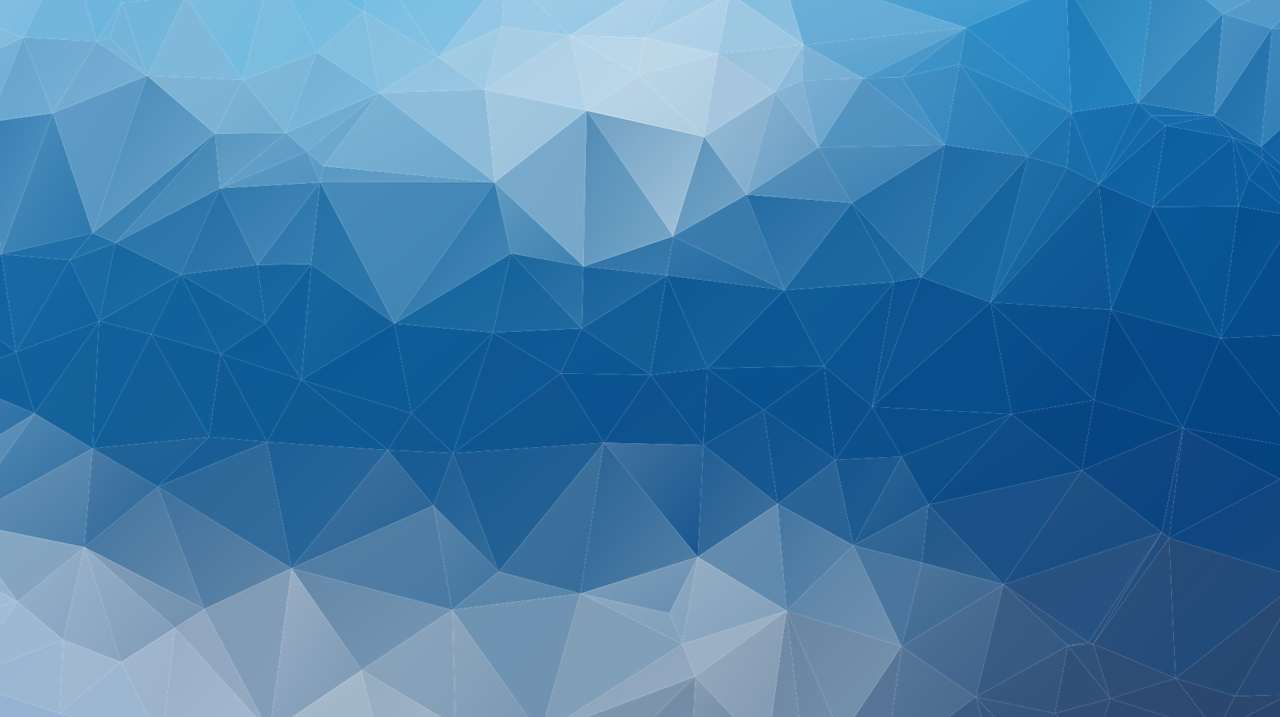
2020 Color of the Year Fits the Financial Industry Like a Glove

It’s that time of year again, Pantone reveals the 2020 color of the year.
In early 2019, the Pantone Color Institute crowned Living Coral the 2019 Pantone Color of the Year. A return-to-nature reaction to the growing and overt digital overload of daily lives, this reddish-pink shade of orange is a beautiful organic choice.
What color code is in store for 2020?
According to the New York Times, Pantone Has Declared Another Year of Blue.

For the 21st consecutive year, Pantone has named a color of the year, a trend-forecasting stunt as closely watched by the news media as it is by the industries — marketing, fashion, design — that traffics in visual trends.
In choosing Classic Blue, the organization said it first examined what was going on in the world, pinning the world’s anxiety and stress on a common enemy: technology.
According to Leatrice Eiseman, the executive director of the Pantone Color Institute, “Classic Blue ‘provides a refuge,’ according to Pantone, fulfilling a ‘desire for a dependable, stable foundation.’ Classic Blue is ‘non-aggressive,’ ‘easily relatable’ and ‘honest.’
Color psychology is the study of how color affects our emotions and behaviors. Depending on your upbringing, cultural background, and personal preference, certain colors can make you feel a certain way.
Blue calls to mind feelings of calmness or serenity. It is often described as peaceful, tranquil, secure, and orderly. Blue is often seen as a sign of stability and reliability.
Familiarity & Versatility
For the financial industry, blue is the new green. And it doesn’t have to be boring.
According to Nick Landsberger, Gate 39 Media’s Lead Website Designer, Classic Blue is both familiar and versatile, meaning it can be used to evoke an element of class and prestige, as well as inject energy and character into a design. It all depends on how one chooses to utilize Classic Blue and how it interacts within its design environment.
The color’s hue allows it to be a strong neutral base to build a design upon; making it great for background, gradients, buttons and other design elements. On the other hand, the depth and rich value of the blue strengthens it to stand out alone and can be used to create something new, expressive, and modern.


Above we show some examples of how Classic Blue is used as the foundation for web design. Making up the background and setting the visual tone for the design, its calming appearance gives the user a sense of familiarity and projects a sense of credibility and professionalism while not overpowering the content.
Additionally, as shown below, when the color is pushed to the forefront of the design, one can see how it can give the content a boost of energy/personality and lift an otherwise simple or flat design. This is the versatility that is essential for modern design and best practices.


As cleanliness and simplicity become more prevalent in modern graphic design, color becomes essential to a company’s identity and an effective tool for their marketing/presentation. Classic Blue is a great example of how one color can accomplish so much when it comes to visual communication. Unsurprisingly, it is a favorite among the financial industry and legitimately earns its place as PANTONE’s Color of the Year.
Interested to see some samples of blue-inspired website designs that we’ve created for financial, agricultural and professional services firms? Check out our online portfolio here.
—
You may also be interested in:
- The Difference Between UX and UI and Why it Matters in Financial Marketing
- Design Spotlight: Fonts in Financial Services
- UI Design Spotlight: Exploring 7 Types of Navigation Menus
Editor’s Picks
If you've been living inside HubSpot like we have, you know the true magic is in the small, hidden tricks—those little shortcuts that save hours and...


Connect with us to discover how we can help your business grow.
.jpg)
